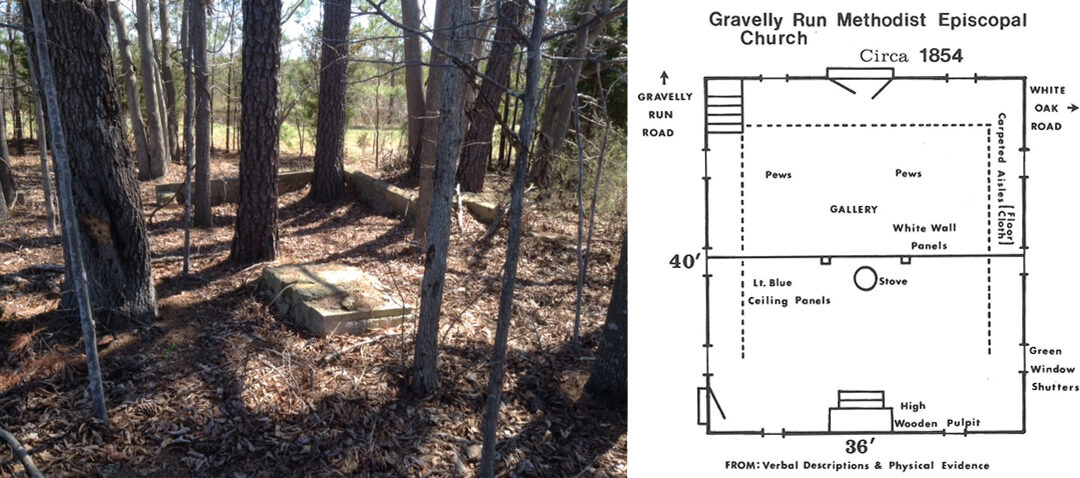After the Battle of Five Forks on April 1, 1865, some of the seriously wounded soldiers were taken to the nearby Gravelly Run Church which was serving as a field hospital. One of those wounded was Captain George P. McClelland of the 155th Pennsylvania Infantry. Pews had been pulled from the church to accommodate the wounded who were quickly filling the little country church which was now aglow with lamps. Some of McClelland’s men had carried him to the church on a blanket from where he fell on the battlefield near the Confederate line of battle. One of his men, Sergeant McDowell, asked an attending Union Army surgeon to examine the captain who was suffering from heavy blood loss due to a grievous wound in his upper left leg. The surgeon soon responded: “The Captain’s wound is fatal.” He told the men to leave McClelland and that the surgeons would do what they could, given the dire circumstances. The men from McClelland’s Company F left the church certain that their captain would not survive the night.
Remarkably, McClelland did survive and returned to his hometown of Pittsburgh after treatment at Gravelly Run Church, the Fairgrounds Hospital in Petersburg, Virginia, and hospitalization in Washington, DC. His loss of blood on the battlefield before arriving at the church had cleared the wound of contaminated debris and most likely saved his life. McClelland lived another thirty-four years following his wound at Five Forks.
The Gravelly Run Methodist-Episcopal Church was located on the eastern edge of the battlefield where it served as a Union marshalling area before the Battle of Five Forks and then as a field hospital for the wounded of both sides. The church continued to be used as a field hospital for over a month following the battle. In 1906, the trustees of the church appealed to Congress to pay for damages done to the church property by Federal forces. The trustees noted that the church had remained loyal to the Union during the rebellion. In 1910 Congress determined that the church property was entitled to reimbursement for damages done during the war. Eight hundred dollars were given to Gravelly Run Church.
Because of a diminishing congregation, the church was abandoned in the mid-1920s. A decade later the lumber from the structure was sold for use in a nearby residence. Today only a foundation remains from the church that played such an important role during the “Waterloo of the Confederacy” – the Battle of Five Forks.
A reporter for the New York World, George Townsend, followed the mortally wounded General Frederick Winthrop (First Brigade of the Second Division of the Fifth Corps) who commanded three New York Infantry and one New York Heavy Artillery units to Gravelly Run Church on the evening of April 1. Townsend wrote of his experience: “Gravelly Run Meeting House … a little frame church, planted among the pines and painted white with cool, green window shutters … I found its pews moved to the green plain over the threshold, and on its base floors the screaming wounded. Blood ran in little rills across the planks, and human feet treading in them, had made indelible prints in every direction … Federal and Confederate lay together, the bitterness of noon assuaged in the common tribulation of the night, and all the while came in the dripping stretchers, to place in this Golgotha new recruits for death and sorrow.”
Text based on: Your Brother in Arms: A Union Soldier’s Odyssey, Robert C. Plumb; and The Battle of Five Forks, Ed Bearrs and Chris Calkins.
Illustrations: Gravelly Church floor plan circa 1854, The Battle of Five Forks; Author photo of Gravelly Run Church ruins.


Recent Comments